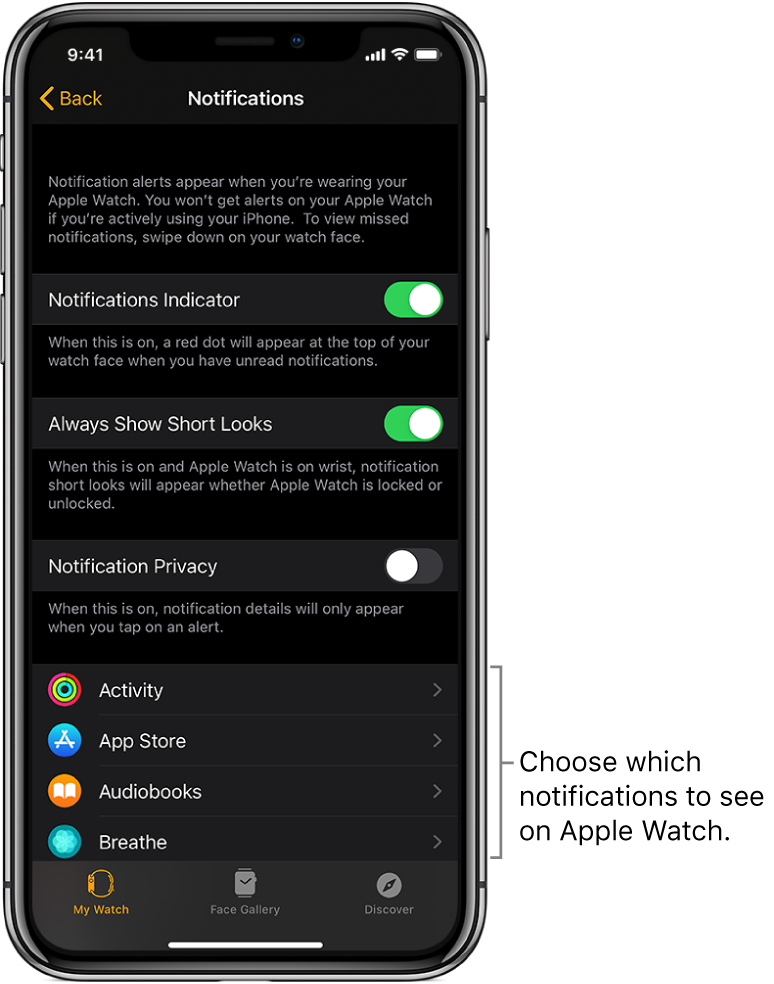

Just type the password and press enter for the command to execute. You'll be prompted for an Administrator password when using sudo and when you type the password you'll not see any response as the typing of the password is hidden. You may add a custom sound with every notification you send, or you may. Coincidentally, the same procedure is described in. at the end of the command, so as to copy the file into the current directory. Custom sounds are a way to provide a more unique, branded experience for your app. 106409: Mac OS X 10.0: How to Add an Alert Sound Lynn Barton recently sent us an email describing how to add a custom alert sound in Mac OS X.

With System Integrity Protection disabled, then to copy the sound file(s) to /System/Library/Sounds you'll needed to use sudo with cp in Terminal. You’ll see a message saying that System Integrity Protection has been disabled and the Mac needs to restart for changes to take effectĪfter copying the file(s) to /System/Library/Sounds you'll need to enable System Integrity Protection using csrutil enable following the steps above. Type the following command into Terminal then press enter: csrutil disable When the macOS Utilities screen appears, click the Utilities menu, at the top of the screen instead, and choose Terminal.Reboot the Mac and hold down command R keys simultaneously after you hear the startup chime, this will boot macOS into Recovery Mode.Note: To expose the Library folder within your Home folder, click Finder > Go > press the option key and select Library.įirst you need to disable System Integrity Protection. The sound file will then show in System Preferences > Sounds > Sound Effects for you to select as the alert sound. Copy the sound file to ~/Library/Sounds, which is in your Home folder not /System/Library/Sounds in the root of the Macintosh HD.


 0 kommentar(er)
0 kommentar(er)
